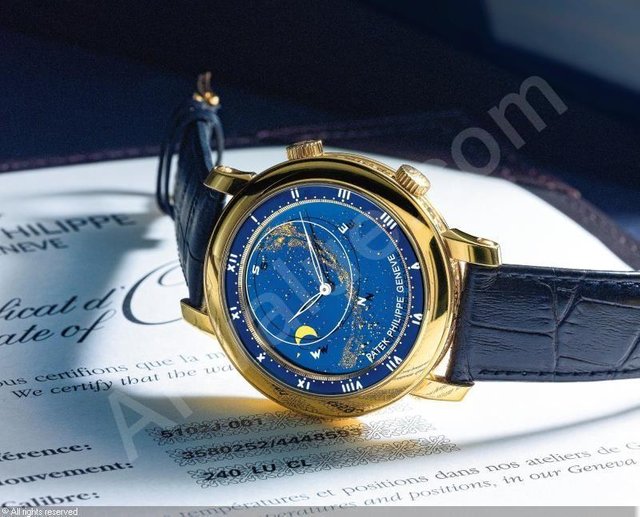Most Expensive Watches in The World

photographer is an armed version of the solitary walker
reconnoitering, stalking, cruising the urban inferno, the
voyeuristic stroller who discovers the city as a landscape of
voluptuous extremes. Adept of the joys of watching, connoisseur
of empathy, the flâneur finds the world “picturesque.” The
findings of Baudelaire’s flâneur are variously exemplified by the
candid snapshots taken in the 1890s by Paul Martin in London
streets and at the seaside and by Arnold Genthe in San Francisco’s 
Chinatown (both using a concealed camera), by Atget’s twilight
Paris of shabby streets and decaying trades, by the dramas of sex
and loneliness depicted in Brassaï’s book Paris de nuit (1933), by
the image of the city as a theater of disaster in Weegee’s Naked
City (1945). The flâneur is not attracted to the city’s official 
realities but to its dark seamy corners, its neglected
populations—an unofficial reality behind the façade of bourgeois
life that the photographer “apprehends,” as a detective apprehends
a criminal.
Returning to The Cameraman: a tong war among poor Chinese
makes an ideal subject. It is completely exotic, therefore worth
photographing. Part of what assures the success of the hero’s film
is that he doesn’t understand his subject at all. (As played by 
Buster Keaton, he doesn’t even understand that his life is in
danger.) The perennial surreal subject is How the Other Half Lives,
to cite the innocently explicit title that Jacob Riis gave to the book
of photographs of the New York poor that he brought out in 1890.
Photography conceived as social documentation was an
instrument of that essentially middle-class attitude, both zealous 
and merely tolerant, both curious and indifferent, called
humanism—which found slums the most enthralling of decors.
Contemporary photographers have, of course, learned to dig in
and limit their subject. Instead of the chutzpa of “the other half,”
we get, say, East 100th Street (Bruce Davidson’s book of Harlem
photographs published in 1970). The justification is still the same,
that picture-taking serves a high purpose: uncovering a hidden
truth, conserving a vanishing past. (The hidden truth is, moreover,
often identified with the vanishing past. Between 1874 and 1886, 
Beautiful